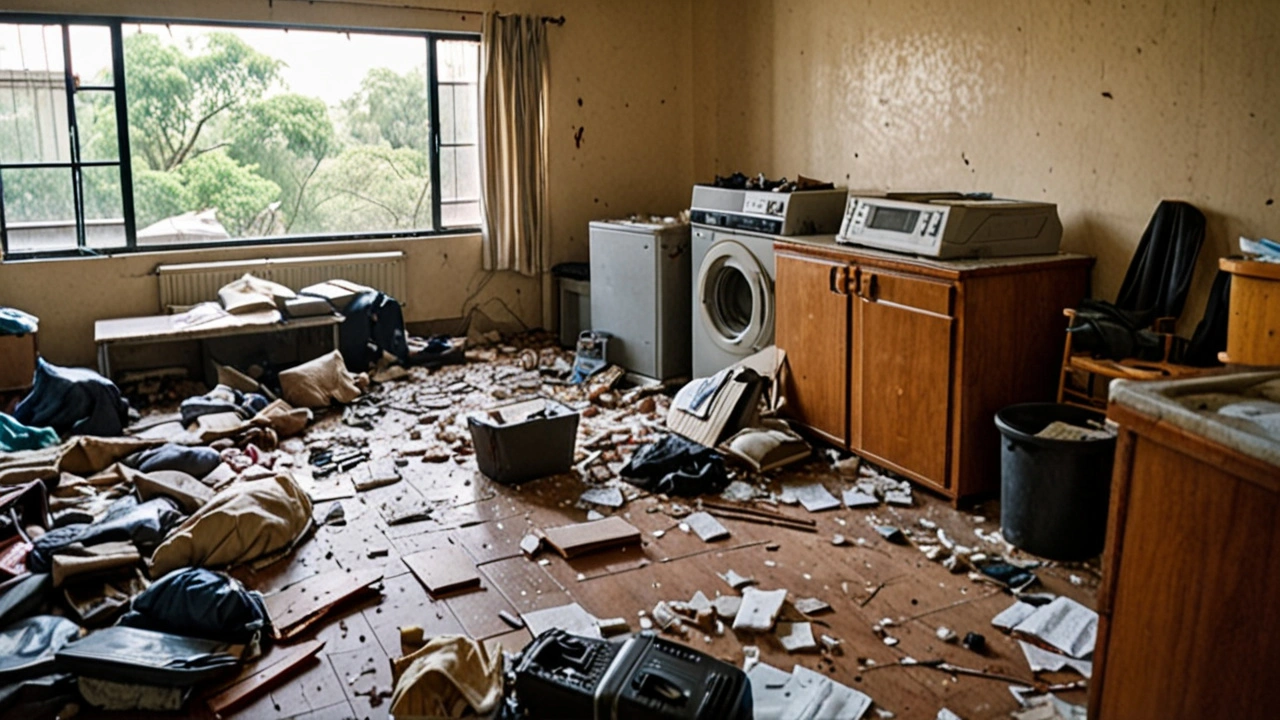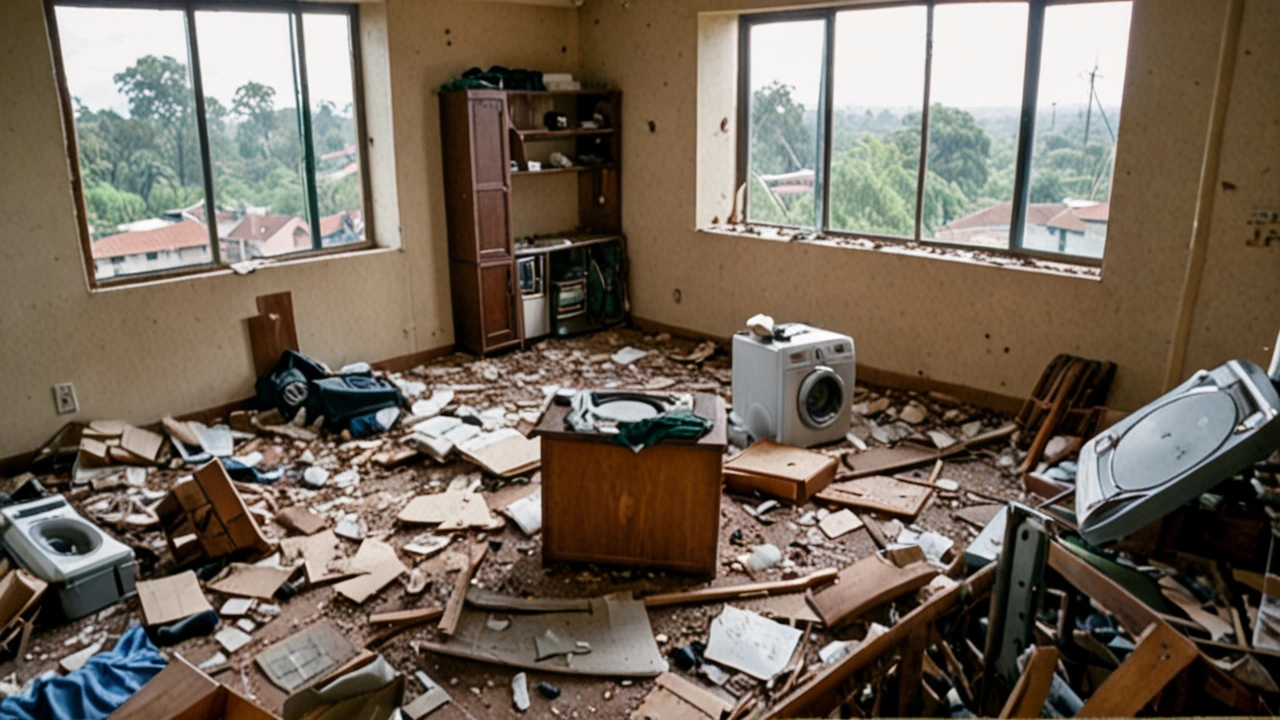Nairobi Trembles as 4.7 Magnitude Earthquake Hits
On the night of Tuesday, July 16, 2024, Nairobi experienced an unexpected jolt in the form of a 4.7 magnitude earthquake. This seismic event has created a stir among residents in and around the city. Reports of heavy earth tremors have flooded in from as far as Magadi, Kajiado, and even parts of Narok, indicating the widespread nature of the quake’s impact.
According to Earthquakes Monitor and other global seismic tracking sites, the quake occurred at a depth of only 10 kilometers. Because of this shallow depth, the tremor was felt quite strongly across the affected zones. However, preliminary reports suggest that while the quake caused quite a bit of commotion, there doesn’t appear to be significant structural damage throughout the city. Some residents reported items falling off shelves and the occasional broken window, but no serious injuries or large-scale destruction have been documented.
Areas Affected by the Quake
The epicenter of the earthquake was situated near Nairobi, causing the shaking to be most intense in the city center and surrounding areas. In places like Magadi, the tremors were noticeably strong, while in Kajiado and Ngong, the shaking was deemed weaker. In locations such as Kikuyu, Narok, and even Athi River, the quake was felt mildly, with most residents experiencing only slight vibrations.
Residents near the epicenter recounted their experiences with mixed emotions. “My whole house shook, and I saw books and picture frames crash to the floor,” said one Nairobi resident. Many were alarmed by the unexpected tremors, prompting a surge of curiosity and concern about potential aftershocks.
Social Media Reactions
The quake quickly became a hot topic on social media platforms, with users sharing their experiences and reactions in real time. The spectrum of responses ranged from anxiety to humor, reflective of the Kenyan public’s resilience and unique approach to coping with stressful situations. Several users took to Twitter to share humorous takes on the event, with some suggesting that the tremor was a sign for the current government to pay closer attention to the will of the people.
Others expressed genuine concern about the tremor and the possibility of further seismic activity. “This was really scary, and I hope there aren’t more earthquakes coming,” commented a worried Facebook user. The widespread use of social media helped in disseminating information quickly, enabling citizens to stay informed and connected during the event.
Scientific Perspective
Seismologists have provided a more technical insight into the situation. The 4.7 magnitude quake stems from tectonic movements and stresses in the Earth’s crust. Given Nairobi’s geographic location, it is not common for such seismic activity to occur, making this event particularly noteworthy. According to experts, the shallow depth of the quake is a significant factor in why it was felt so strongly by residents.
While Kenya is not typically famed for frequent earthquakes, this event serves as a reminder of the unpredictable nature of seismic activities. Scientists have urged the public to remain calm but vigilant, recommending that residents familiarize themselves with basic earthquake safety protocols just in case.
Public Safety Measures
Following the earthquake, local authorities have been quick to issue guidelines and advice to the public on how to stay safe. People are advised to check their homes for any overlooked damages that could pose future risks, such as structural weaknesses or gas leaks. Officials have also encouraged residents to be aware of potential aftershocks, suggesting that they keep emergency kits handy and maintain communication with loved ones for safety updates.
Emergency services have been on high alert, ready to respond to any reports of damage or injury. Fortunately, the prompt reactions from the local government and emergency responders have helped maintain a state of preparedness without causing widespread panic.
Historical Context
Though Kenya does not often experience significant seismic activity, the country has had its share of notable tremors in the past. Historically, earthquakes in this region tend to be of moderate magnitudes and infrequent, making the Tuesday night tremor an exception rather than the rule. Nevertheless, every such event underscores the importance of readiness and proper infrastructure to withstand potential seismic disruptions.
As Nairobi and its residents process the aftermath of this recent quake, it is essential to keep in mind the lessons learned from past experiences. Understanding the nature of such natural phenomena can help communities build resilience and improve their preparedness for future events.

Citizens' Call to Action
In light of the earthquake, there has been a noticeable drive among Nairobi’s citizens to advocate for better public infrastructure capable of withstanding such natural events. Discussions about building codes, emergency preparedness, and public education on safety measures have gained momentum. This collective response highlights a proactive approach from the community, aiming to instigate necessary changes and bolster resilience against future seismic activities.
As part of this drive, various civic groups are organizing workshops and informational sessions to educate the public on earthquake preparedness. These initiatives are crucial in fostering a well-informed and ready populace, capable of responding effectively in times of crisis.

Future Outlook
While the 4.7 magnitude earthquake was a relatively small event in the grand scale of geological activities, it served as a significant wake-up call for Nairobi and the surrounding areas. The importance of being prepared for such unexpected occurrences cannot be overstated, and this event has undoubtedly spurred a renewed focus on public safety and infrastructure resilience.
Moving forward, it will be essential for both the government and citizens to work collaboratively towards enhancing the city's ability to handle seismic events. This includes reviewing and potentially revising building regulations to ensure new constructions can withstand tremors, promoting educational campaigns centered on earthquake safety, and maintaining a robust emergency response framework.
In conclusion, while Nairobi's brush with a 4.7 magnitude earthquake caused temporary disruptions and a stir on social media, it also highlighted the city's need to stay vigilant and prepared. The collective response from the community, authorities, and experts underline the importance of readiness and resilience in the face of nature's unpredictable behavior. As Nairobi takes these lessons to heart, the hope is that the city emerges stronger and more prepared for any future seismic activities.















